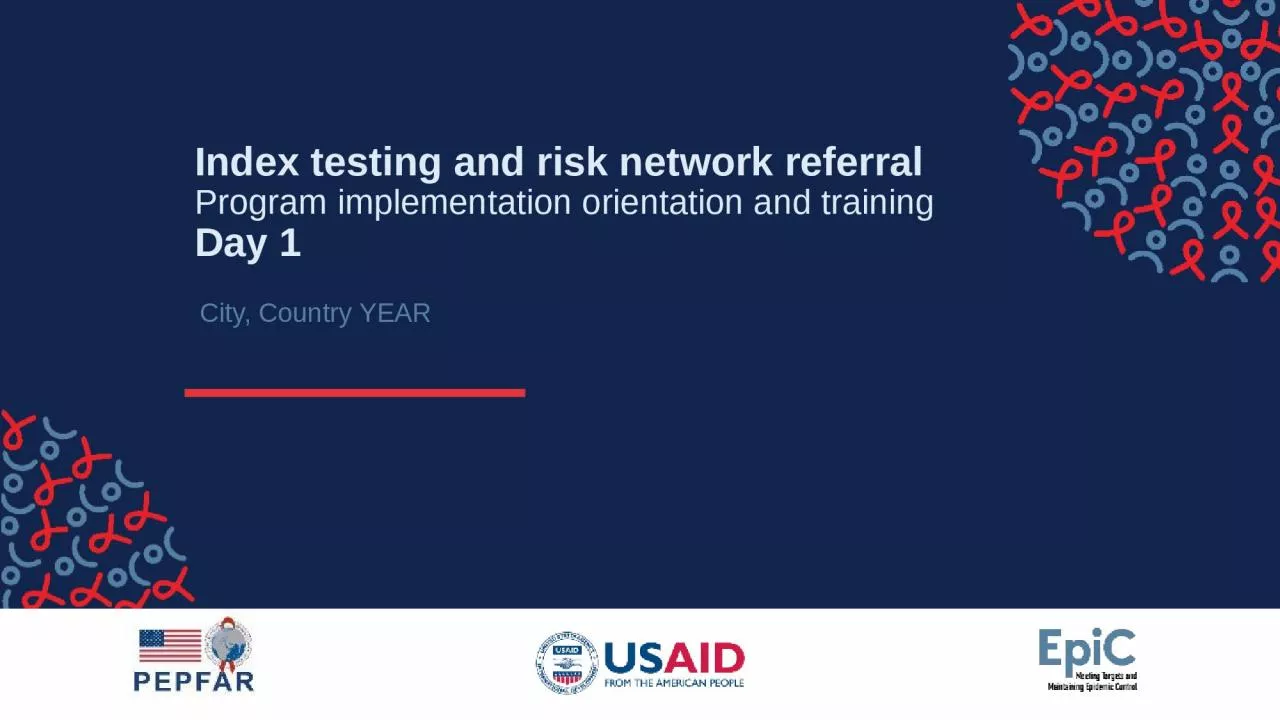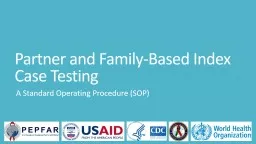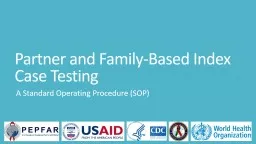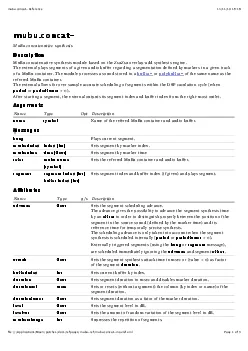PPT-Index testing and risk network referral
Author : ashley | Published Date : 2022-07-15
Program implementation orientation and training Day 1 City Country YEAR Overview of sessions Day 1 Day 2 Day 3 1 Introduction 8 Client panel 12 Messaging 2 Setting
Presentation Embed Code
Download Presentation
Download Presentation The PPT/PDF document "Index testing and risk network referral" is the property of its rightful owner. Permission is granted to download and print the materials on this website for personal, non-commercial use only, and to display it on your personal computer provided you do not modify the materials and that you retain all copyright notices contained in the materials. By downloading content from our website, you accept the terms of this agreement.
Index testing and risk network referral: Transcript
Download Rules Of Document
"Index testing and risk network referral"The content belongs to its owner. You may download and print it for personal use, without modification, and keep all copyright notices. By downloading, you agree to these terms.
Related Documents














